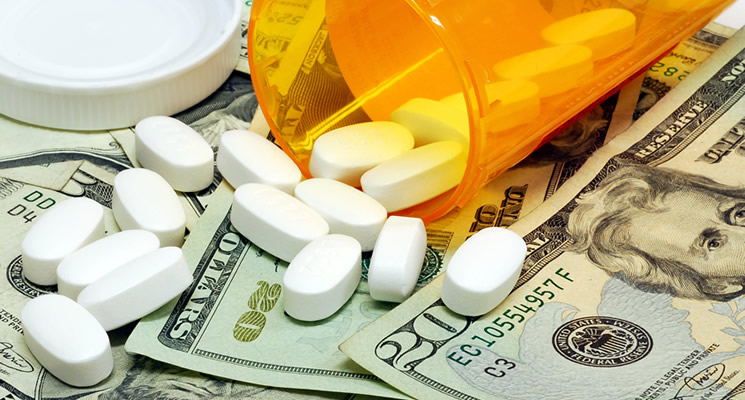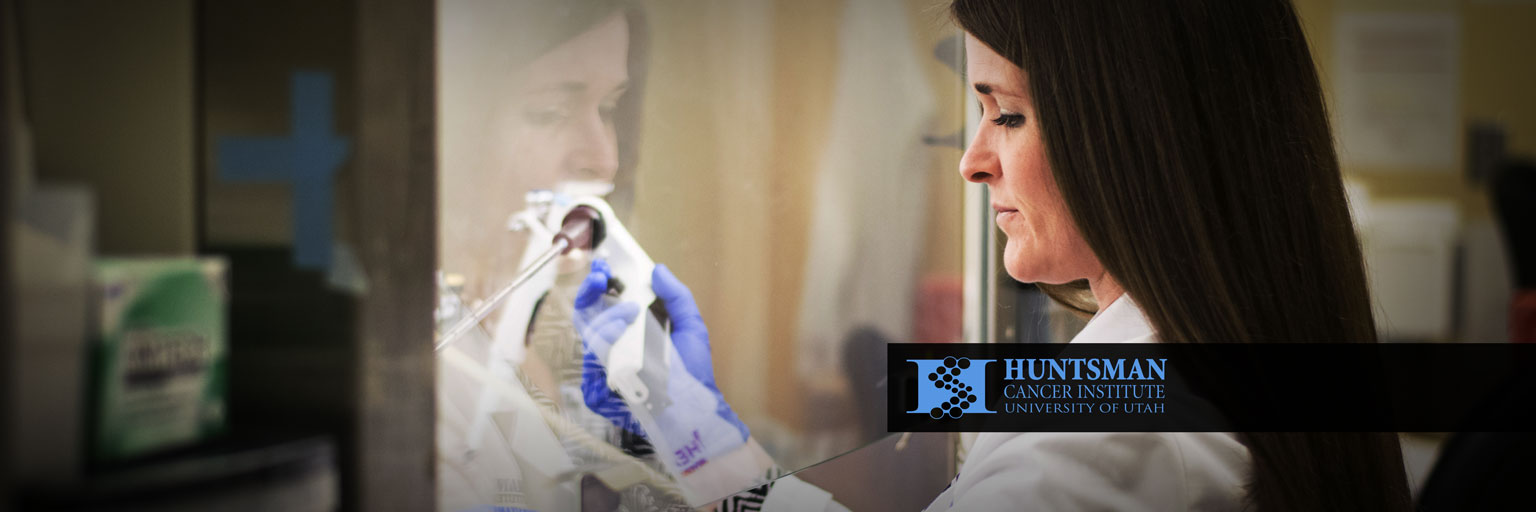The Label-free Promise
CEO Peter Egelberg comments the scientific article by PHI, recently published in Cytometry Part A.
Lund, May 1 2017
Spiraling costs
According to a recent study in the Journal of Health Economic, the cost of developing a new pharmaceutical has risen by over 1 300 % to a staggering 2.5 billion USD during the past 40 years, after adjusting for inflation. The cost increase is well motivated. Drugs are today more thoroughly tested and are safer than ever before. However, the spiraling (swe: skenande) cost of developing new drugs pushes pharmaceutical companies into only developing drugs for the most lucrative diseases – common chronic diseases that require life-long medication, primarily associated with aging and lifestyle. As pointed out by The Swedish Childhood Cancer Foundation (swe: Barncancerfonden) in their annual report, this leaves children and other patients with less common diseases out in the cold.

We like to believe that a life is priceless, especially a life that just began. Child cancer is rare and require special treatment, making Nelson and other children that develop cancer victims of the spiraling drug development costs. Read more about Nelson’s fate here (in Swedish). Photo: Göran Lidén, SVT
9 in 10 drugs fail
What can be done to break this alarming cost trend without compromising patient safety? At least 9 in 10 drugs tested on humans fail and never reach the market, resulting in that over 90 % of the cost of developing a successful drug is spent on preceding failures. The purpose of pre-clinical research is to predict whether a new drug will work effectively and safely in humans, before it is tested on humans and costs increase. Needless to say, there is room for improvement.

The probability of a drug reaching the market when entering the successive phases of drug development. The column color represents the time-period the drug entered into the corresponding phase. Notice how the probability of a drug successfully reaching the market when entering human testing (Phase I) dropped from 10 to 5 % during 2002–2008.
Source: “A decade of change”, Nature Reviews Drug Discovery 2012
Label-free methods
Conventional methods used in pre-clinical research are based on chemical reagents that “label” the studied cells. However, the reagents themselves may affect the cells and their response to a new drug. When possible, scientists therefore prefer to use methods that do not require reagents, i.e. label-free methods.
An additional advantage of label-free methods is that multiple cellular characteristics can be measured repeatedly over time, as nothing is added to the cells to create a characteristic specific signal that is measured at a given point in time. Through these advantages, label-free methods have the potential of lowering drug development costs by more efficiently providing more reliable and detailed pre-clinical results.
Drug toxicity, a central part of drug development, is traditionally determined by measuring deviations in cell proliferation – the growth rate of a cell culture. However, intoxicated cells also respond by changing their size and shape. In a scientific article that was recently published, “Label-Free High Temporal Resolution Assessment of Cell Proliferation Using Digital Holographic Microscopy”, we show that HoloMonitor can measure drug toxicity more efficiently and in greater detail than conventional methods.

The small and innovative
Considering that more than 90 % of the money spent on drug development is wasted due to unreliable pre-clinical results, it is astonishing that the problem is not addressed in a structured way:
- Public funding focus on academic research, not on developing and commercializing the scientific tools that scientific advancement depends on.
- Pharmaceutical companies are staffed to develop and market pharmaceuticals, not new technology.
- The major life science tools companies purchase rather than develop new technology.
Consequently, the hope of breaking the alarming cost trend of drug development and its tragic consequences fall on small innovative life science tools companies like PHI and our investors.
References
- Innovation in the pharmaceutical industry: New estimates of R&D costs, Journal of Health Economics 2016
- The Cost Of Creating A New Drug Now $5 Billion, Pushing Big Pharma To Change, Forbes 2013
- A decade of change, Nature Reviews Drug Discovery 2012
- The price of health: the cost of developing new medicines, The Guardian 2016
- Label-Free High Temporal Resolution Assessment of Cell Proliferation, Cytometry Part A 2016
- Barncancerrapporten, Barncancerfonden 2017


